Home>Furniture & Design>Bathroom Accessories>How To Stop A Toilet Brush Going Brown
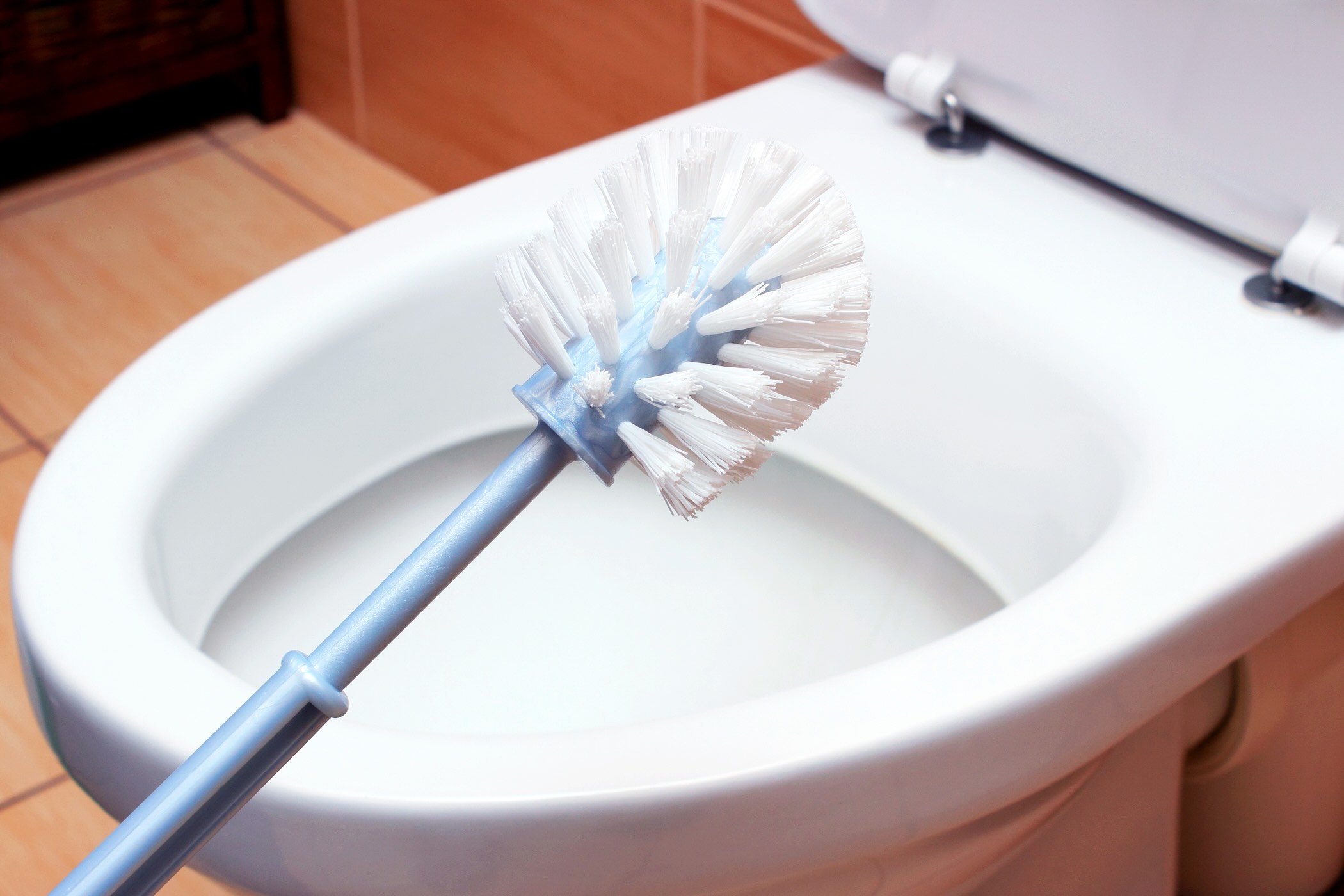

Bathroom Accessories
How To Stop A Toilet Brush Going Brown
Modified: February 17, 2024
Learn how to prevent your bathroom accessories, including toilet brushes, from turning brown with our helpful tips and tricks. Keep your bathroom looking clean and fresh for longer.
(Many of the links in this article redirect to a specific reviewed product. Your purchase of these products through affiliate links helps to generate commission for Storables.com, at no extra cost. Learn more)
Introduction
A toilet brush is an essential tool for maintaining a clean and hygienic bathroom. However, over time, many people encounter the frustrating issue of their toilet brush bristles turning an unsightly shade of brown. This occurrence can be off-putting and may lead to concerns about the cleanliness of the brush and its effectiveness in keeping the toilet clean.
Understanding the causes of a brown toilet brush and learning effective strategies to prevent this discoloration is crucial for maintaining a pristine bathroom environment. By implementing the right techniques and practices, it is possible to keep your toilet brush looking clean and fresh, ensuring that it continues to fulfill its intended purpose effectively.
In the following sections, we will delve into the common reasons behind a toilet brush turning brown, explore practical tips for preventing this issue, and discuss the best methods for cleaning and maintaining a toilet brush. By gaining a comprehensive understanding of these aspects, you will be equipped with the knowledge and strategies needed to keep your toilet brush in optimal condition, contributing to a clean and inviting bathroom space.
Key Takeaways:
- Say goodbye to brown toilet brushes! Regular cleaning, proper drying, and using high-quality materials can prevent discoloration, keeping your bathroom clean and inviting.
- Keep your toilet brush fresh! Regular replacement, proper drying, and using a protective cover can prevent brown stains, ensuring a hygienic bathroom environment.
Read more: How To Stop An Overflowing Toilet
Understanding the Causes of a Brown Toilet Brush
A brown toilet brush can be a perplexing and unappealing sight, prompting many to wonder about the underlying causes of this discoloration. Several factors contribute to the unpleasant transformation of a toilet brush's bristles, and understanding these reasons is essential for effectively addressing the issue.
-
Residual Waste and Stains: One of the primary culprits behind a brown toilet brush is the accumulation of residual waste and stains on the bristles. When the brush is used to clean the toilet, it comes into contact with various contaminants, including mineral deposits, organic matter, and bacteria. Over time, these substances can adhere to the bristles, leading to discoloration and an unclean appearance.
-
Hard Water Deposits: In areas with hard water, mineral deposits such as calcium and magnesium can build up on the toilet brush bristles. These deposits, often characterized by a brownish hue, are a common result of the minerals present in the water supply. As the brush is repeatedly exposed to hard water during cleaning, these deposits accumulate and contribute to the discoloration.
-
Lack of Drying: Proper drying is crucial for maintaining the cleanliness and appearance of a toilet brush. When a brush is not allowed to dry thoroughly after use, moisture becomes trapped in the bristles, creating an environment conducive to bacterial growth and discoloration. This issue is particularly prevalent in humid or poorly ventilated bathrooms.
-
Age and Wear: Over time, the bristles of a toilet brush may degrade and become more susceptible to discoloration. As the brush ages and experiences wear from regular use, its ability to repel stains and maintain a clean appearance may diminish, leading to the development of a brownish tint.
By recognizing these underlying causes, individuals can take proactive measures to prevent their toilet brush from turning brown. Implementing effective cleaning practices, utilizing preventive strategies, and maintaining the brush properly are essential steps in addressing these factors and preserving the cleanliness and visual appeal of the toilet brush.
Tips for Preventing a Toilet Brush from Going Brown
Preventing a toilet brush from turning brown involves implementing proactive measures to combat the factors that contribute to discoloration. By adopting the following tips and strategies, individuals can effectively maintain the cleanliness and appearance of their toilet brush, ensuring that it remains free from unsightly brown stains.
-
Regular Cleaning and Maintenance: Consistent cleaning of the toilet brush after each use is essential for preventing the accumulation of waste, stains, and bacteria on the bristles. After cleaning the toilet, thoroughly rinse the brush under hot water to remove any residual contaminants. Additionally, consider using a mild disinfectant or cleaning solution to sanitize the bristles and handle, further reducing the risk of discoloration.
-
Proper Drying: Ensuring that the toilet brush is adequately dried after each use is crucial for preventing moisture buildup and bacterial growth. After rinsing the brush, allow it to air dry completely in a well-ventilated area. If possible, store the brush in a holder that promotes air circulation around the bristles, reducing the likelihood of discoloration caused by trapped moisture.
-
Use of Toilet Bowl Cleaner: When cleaning the toilet, utilizing an effective toilet bowl cleaner can help minimize the accumulation of hard water deposits and stains on the brush bristles. Choose a cleaner specifically formulated to combat mineral buildup and stains, reducing the potential for discoloration over time.
-
Regular Replacement: Over time, the bristles of a toilet brush may wear down, making them more susceptible to discoloration and bacterial retention. Consider replacing the brush head or the entire brush at regular intervals to maintain optimal cleanliness and prevent the development of brown stains.
-
Selection of High-Quality Materials: When purchasing a new toilet brush, opt for a high-quality, durable option with bristles designed to resist staining and degradation. Investing in a well-constructed toilet brush can contribute to its longevity and overall resistance to discoloration.
-
Use of Protective Cover: Consider using a protective cover for the toilet brush when not in use. This cover can help shield the bristles from airborne contaminants and minimize exposure to moisture, contributing to the prevention of discoloration.
By incorporating these preventive measures into your bathroom cleaning routine, you can effectively safeguard your toilet brush against the factors that lead to discoloration. By maintaining a proactive approach to toilet brush care, you can ensure that it remains clean, hygienic, and free from unsightly brown stains, contributing to a pristine and inviting bathroom environment.
To prevent a toilet brush from turning brown, after each use, rinse the brush thoroughly with hot water and a disinfectant cleaner. Then, allow the brush to air dry completely before storing it. This will help prevent the growth of bacteria and mold that can cause the bristles to discolor.
Cleaning and Maintaining a Toilet Brush
Proper cleaning and maintenance are essential for preserving the cleanliness and effectiveness of a toilet brush. By implementing the right techniques and practices, individuals can ensure that their toilet brush remains free from discoloration and maintains its functionality over time.
After each use, it is crucial to thoroughly clean the toilet brush to remove any residual waste, stains, and bacteria. Begin by rinsing the bristles under hot water, using a gentle scrubbing motion to dislodge any contaminants. For enhanced sanitation, consider using a mild disinfectant or cleaning solution to thoroughly cleanse the bristles and handle, effectively reducing the risk of discoloration and bacterial buildup.
Once the brush has been cleaned, proper drying is paramount to prevent moisture accumulation and bacterial growth. After rinsing, allow the brush to air dry completely in a well-ventilated area. It is advisable to store the brush in a holder that promotes air circulation around the bristles, minimizing the potential for discoloration caused by trapped moisture.
In addition to regular cleaning and drying, the use of an effective toilet bowl cleaner can contribute to the maintenance of a clean and stain-free toilet brush. By utilizing a cleaner specifically formulated to combat mineral buildup and stains, individuals can minimize the risk of discoloration on the bristles, ensuring that the brush remains visually appealing and hygienic.
Furthermore, considering the age and wear of the toilet brush is crucial for its maintenance. Over time, the bristles may degrade, becoming more susceptible to discoloration and bacterial retention. It is advisable to replace the brush head or the entire brush at regular intervals to uphold optimal cleanliness and prevent the development of brown stains.
When selecting a new toilet brush, opting for high-quality materials and durable construction can significantly contribute to its longevity and resistance to discoloration. Investing in a well-constructed toilet brush with bristles designed to resist staining and degradation can ensure that it remains visually appealing and effective in maintaining a clean toilet.
Finally, using a protective cover for the toilet brush when not in use can shield the bristles from airborne contaminants and minimize exposure to moisture, further contributing to the prevention of discoloration.
By incorporating these cleaning and maintenance practices into your bathroom cleaning routine, you can effectively preserve the cleanliness and visual appeal of your toilet brush, ensuring that it continues to fulfill its intended purpose and contribute to a hygienic bathroom environment.
Conclusion
In conclusion, maintaining a clean and visually appealing toilet brush is essential for upholding a hygienic and inviting bathroom environment. The occurrence of a brown toilet brush can be attributed to various factors, including residual waste and stains, hard water deposits, inadequate drying, and the natural wear of the brush over time. By understanding these underlying causes, individuals can implement proactive measures to prevent their toilet brush from turning brown.
Effective strategies for preventing discoloration include regular cleaning and maintenance, proper drying after each use, the use of toilet bowl cleaner to combat mineral buildup, regular replacement of the brush head, and the selection of high-quality materials. Additionally, utilizing a protective cover for the toilet brush when not in use can contribute to preserving its cleanliness and visual appeal.
By incorporating these preventive measures into their bathroom cleaning routine, individuals can safeguard their toilet brush against discoloration, ensuring that it remains free from unsightly brown stains and maintains its effectiveness in keeping the toilet clean.
Furthermore, proper cleaning and maintenance practices, such as thorough rinsing, disinfection, and adequate drying, are crucial for preserving the cleanliness and functionality of the toilet brush. Selecting a high-quality toilet brush and considering its age and wear are also important factors in maintaining its visual appeal and effectiveness.
By adhering to these cleaning and maintenance practices, individuals can ensure that their toilet brush remains in optimal condition, contributing to a clean and hygienic bathroom environment.
In essence, by understanding the causes of a brown toilet brush and implementing the recommended preventive measures and maintenance practices, individuals can effectively preserve the cleanliness and visual appeal of their toilet brush. This, in turn, contributes to a pristine and welcoming bathroom space, enhancing overall hygiene and comfort for residents and guests alike.
Frequently Asked Questions about How To Stop A Toilet Brush Going Brown
Was this page helpful?
At Storables.com, we guarantee accurate and reliable information. Our content, validated by Expert Board Contributors, is crafted following stringent Editorial Policies. We're committed to providing you with well-researched, expert-backed insights for all your informational needs.
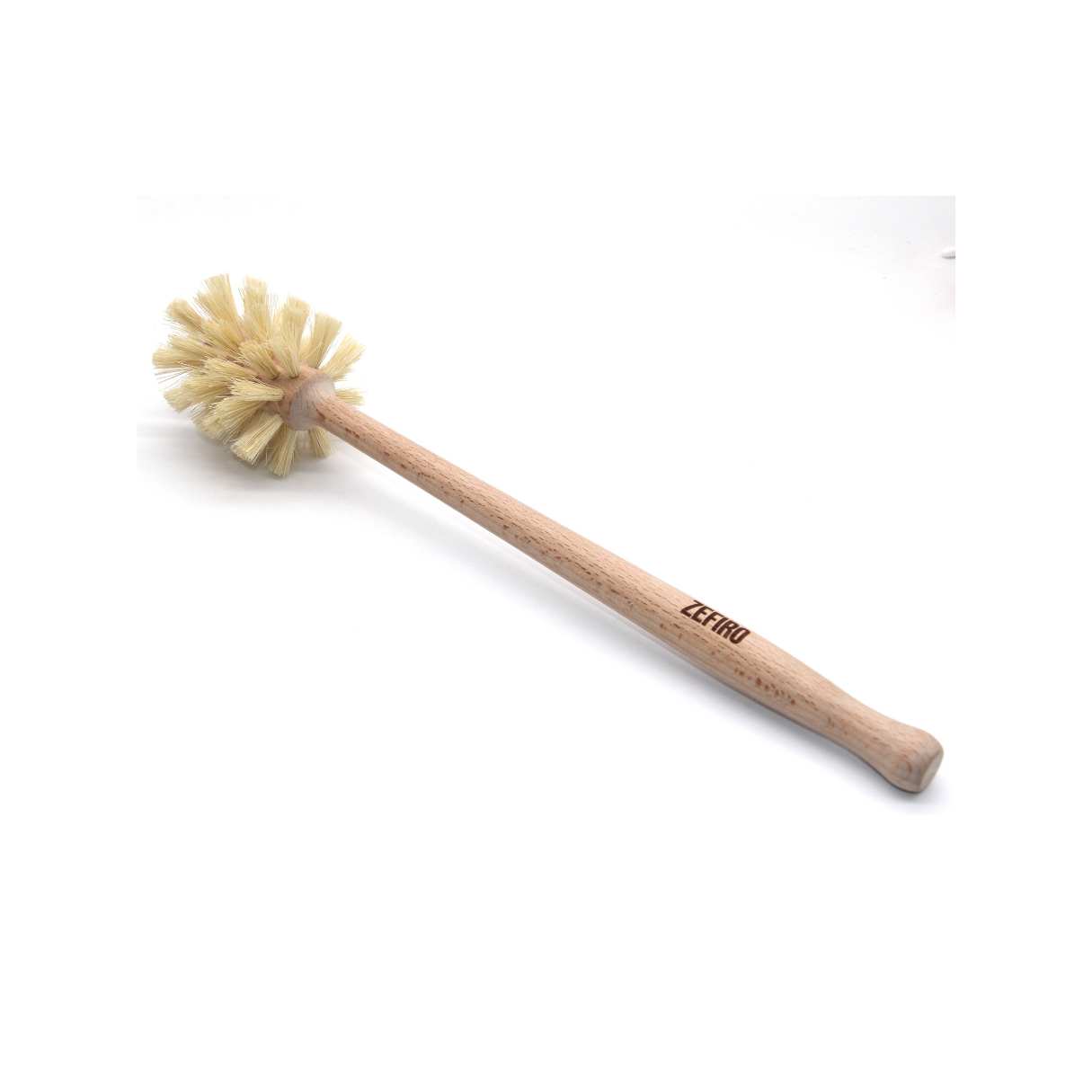



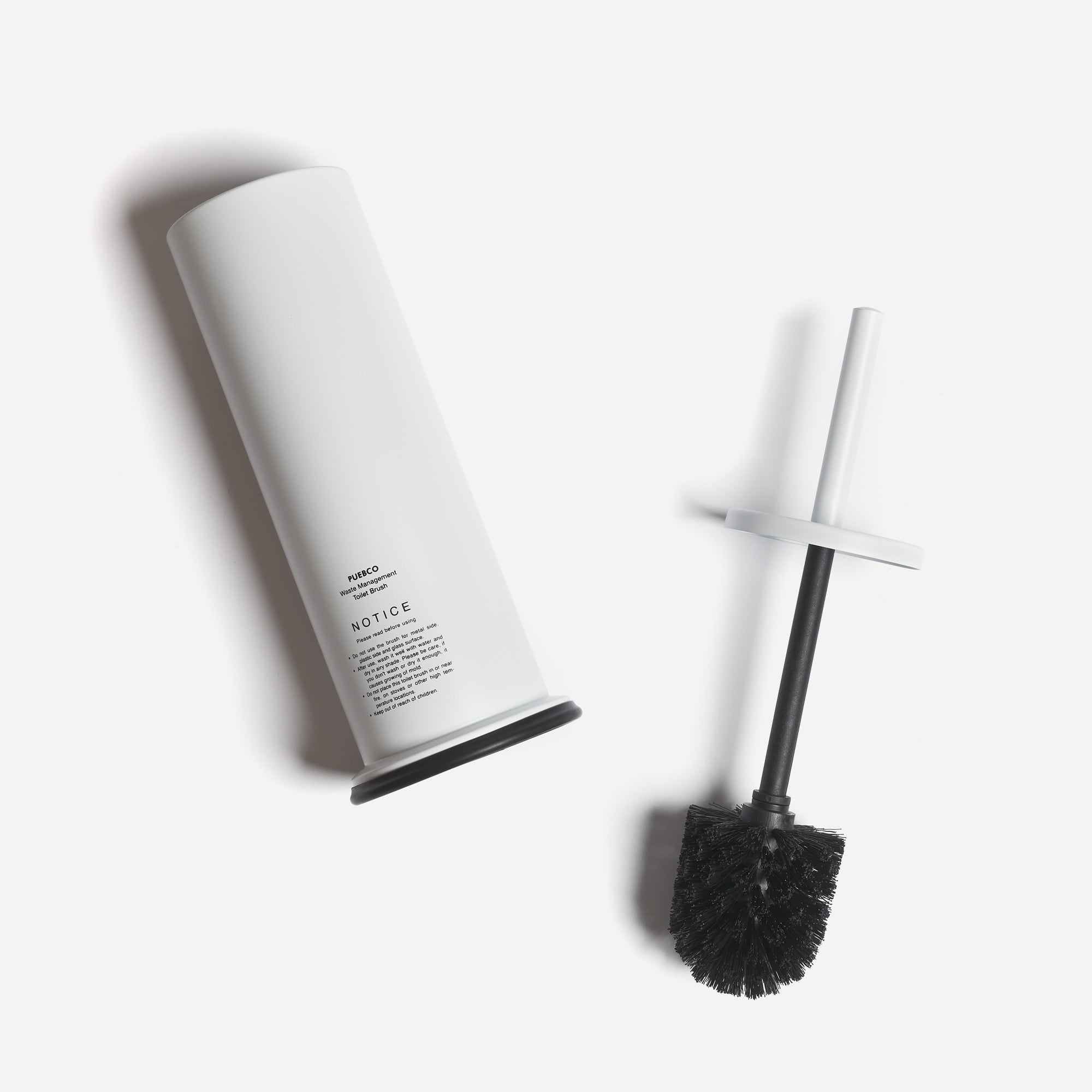
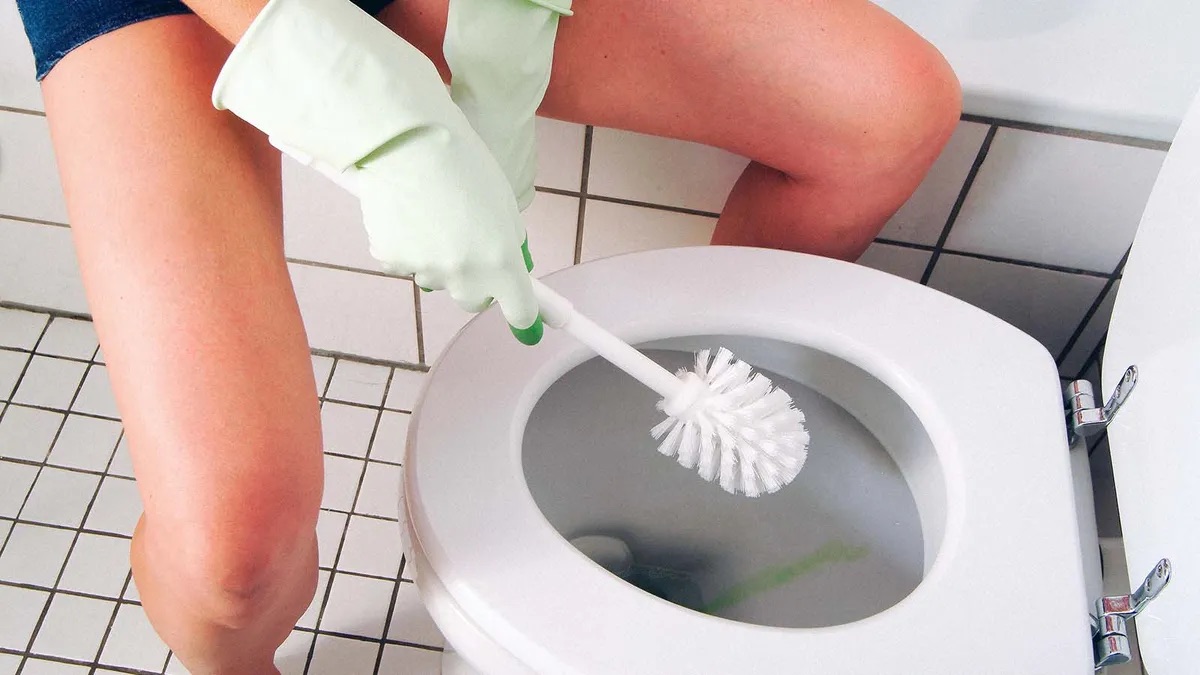
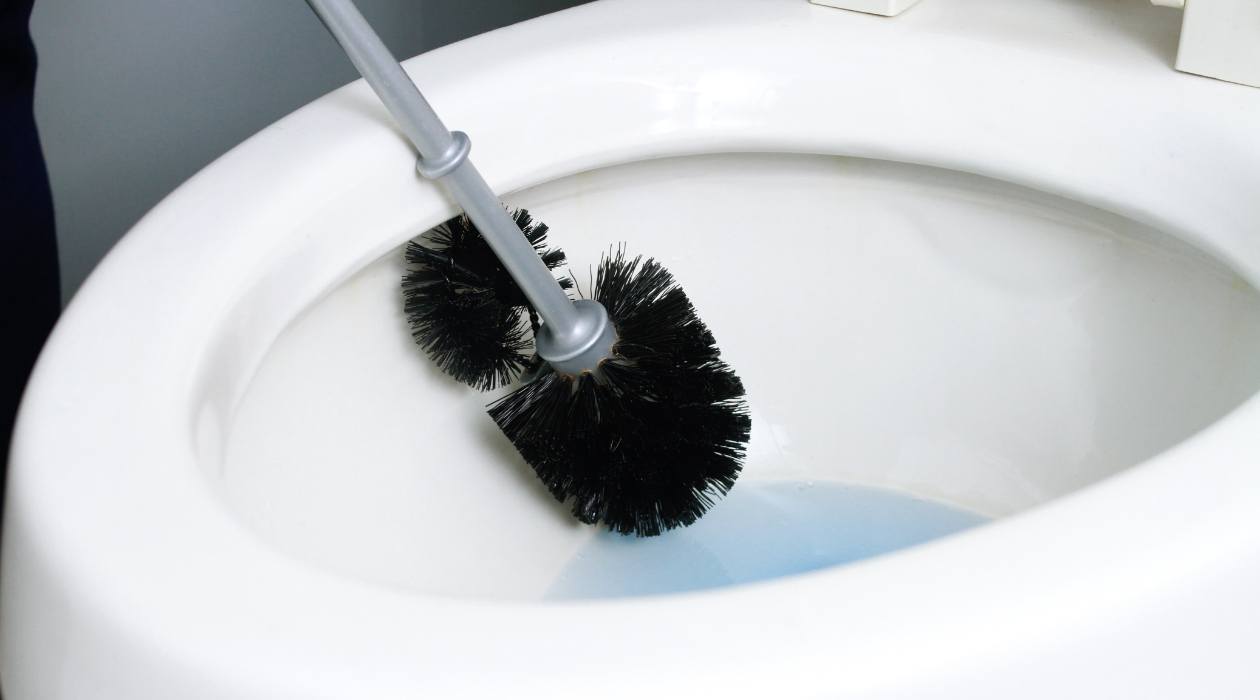
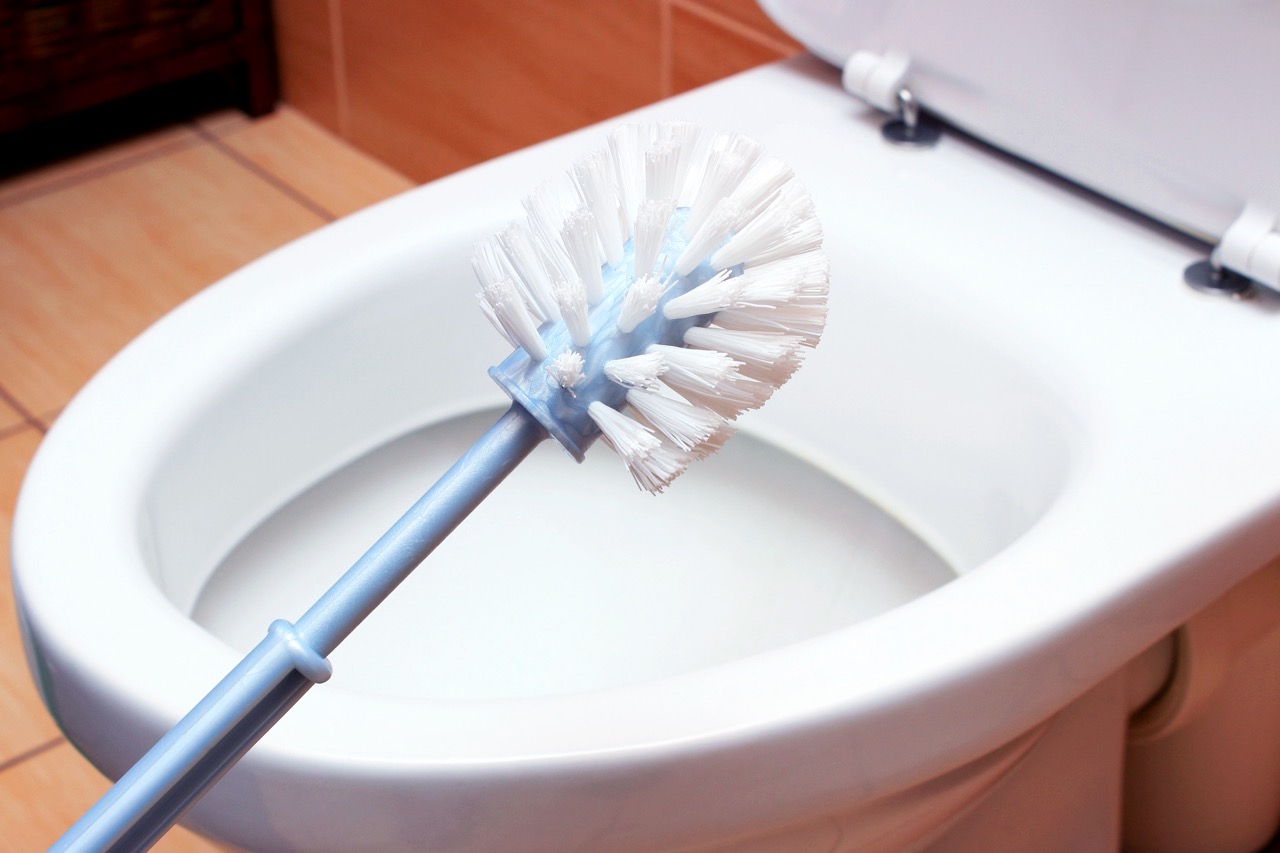
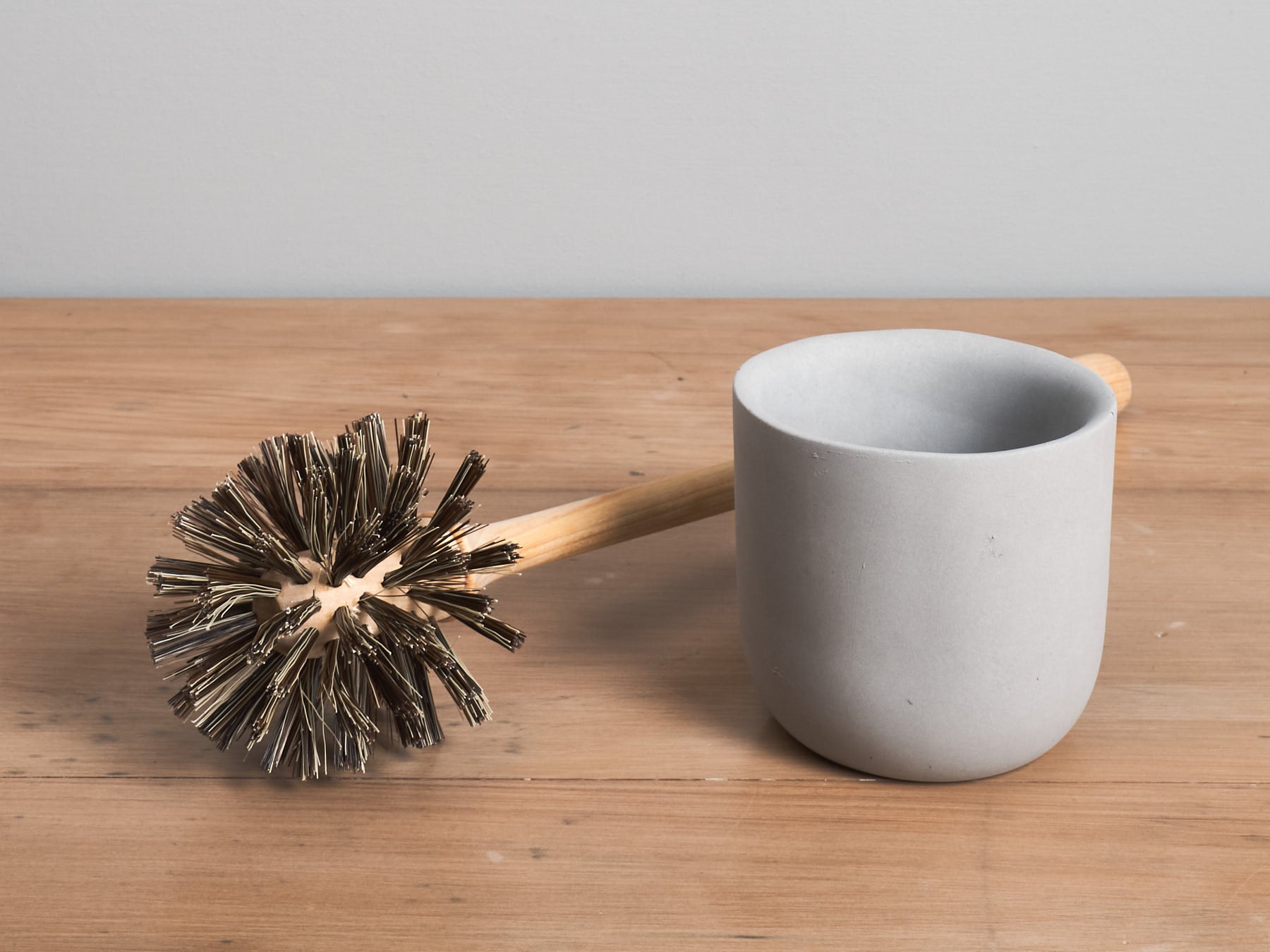
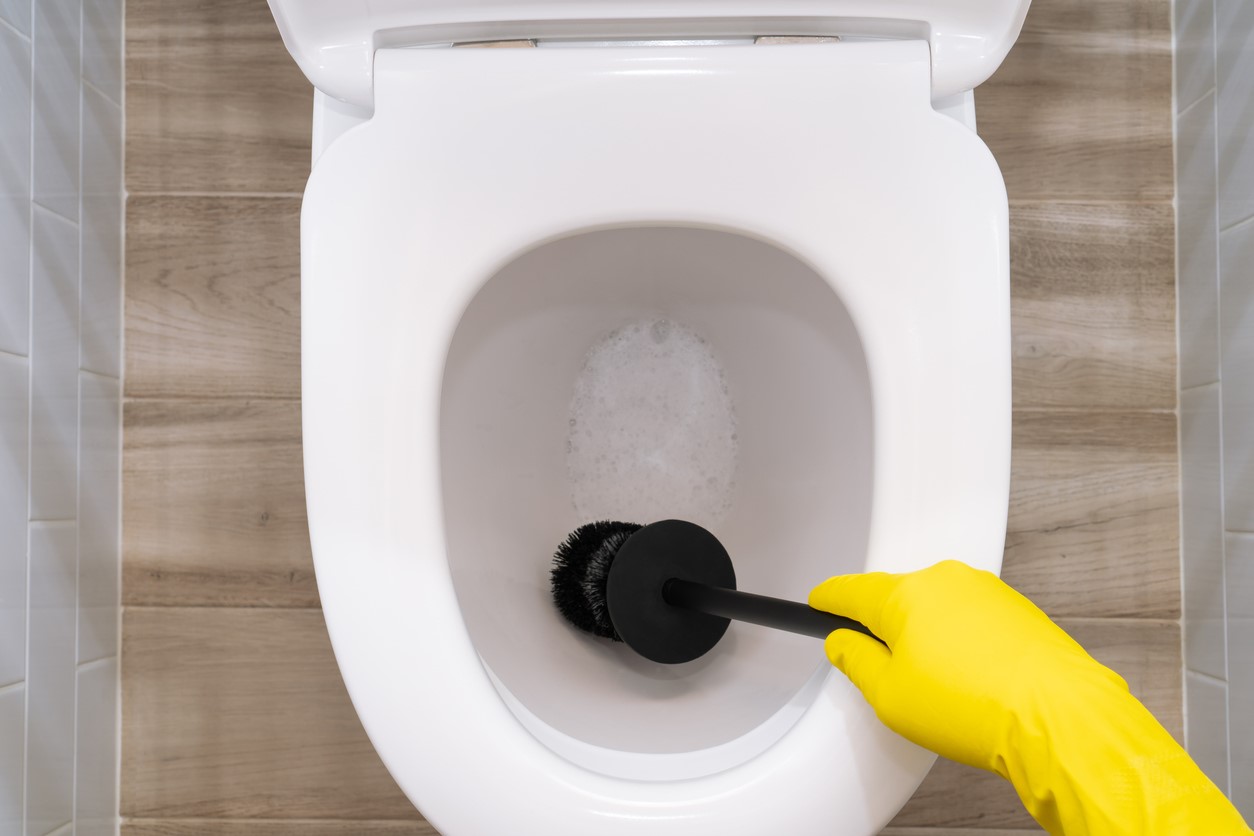

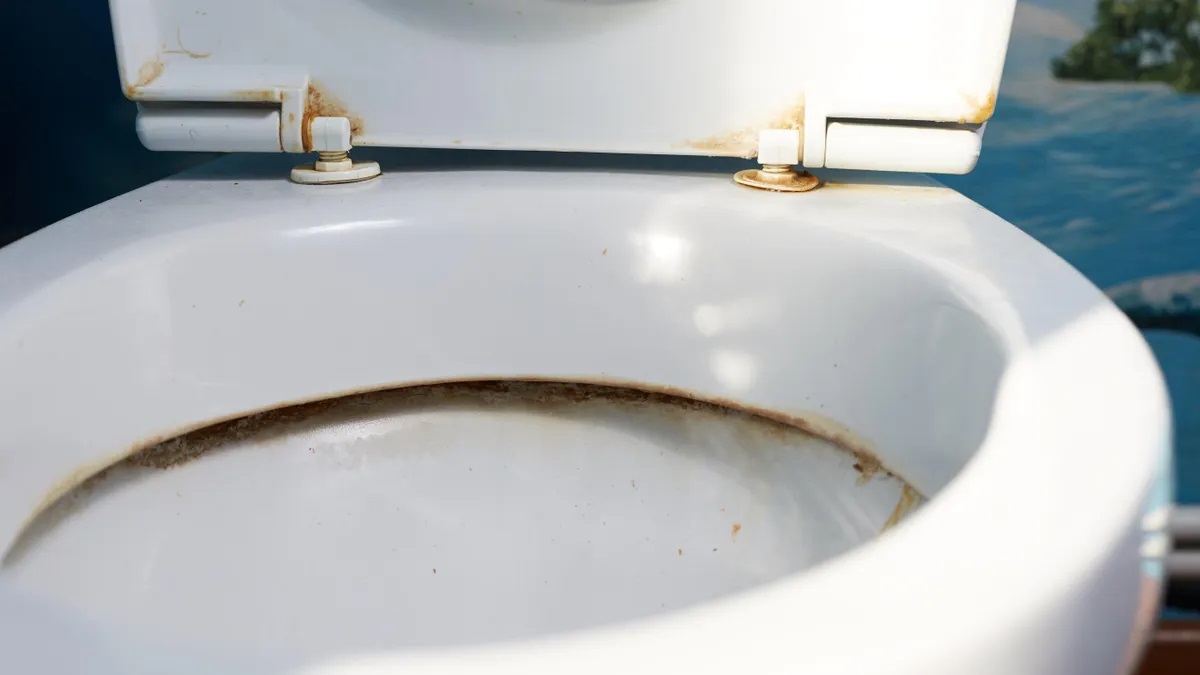
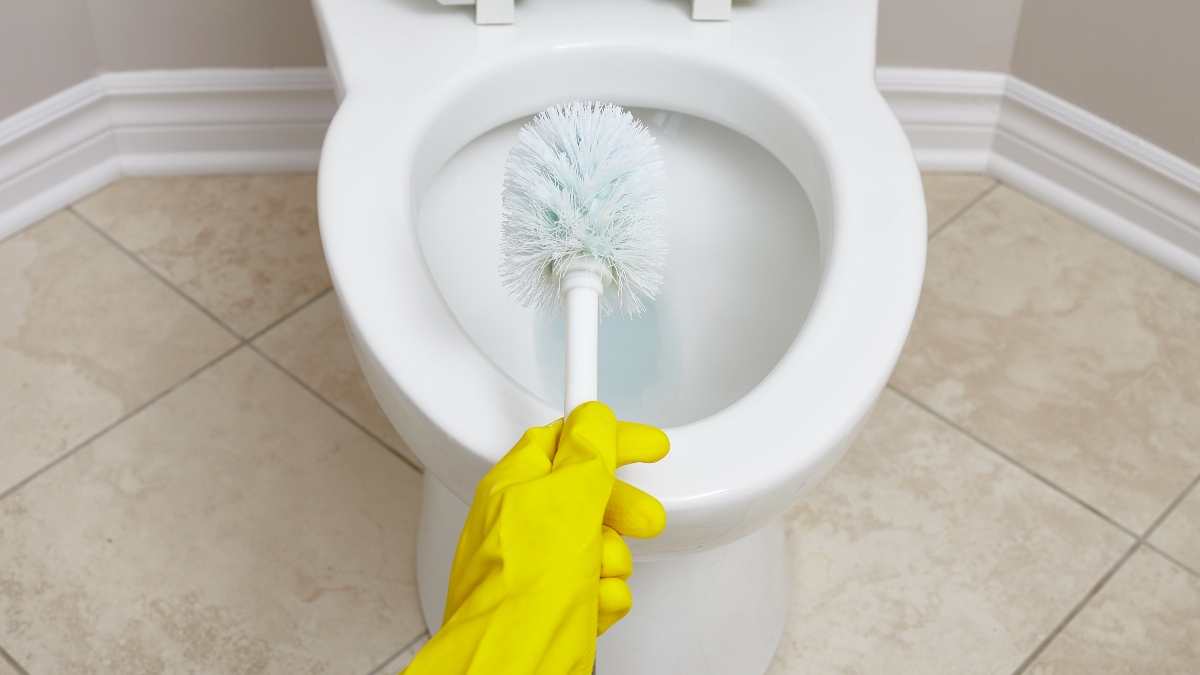
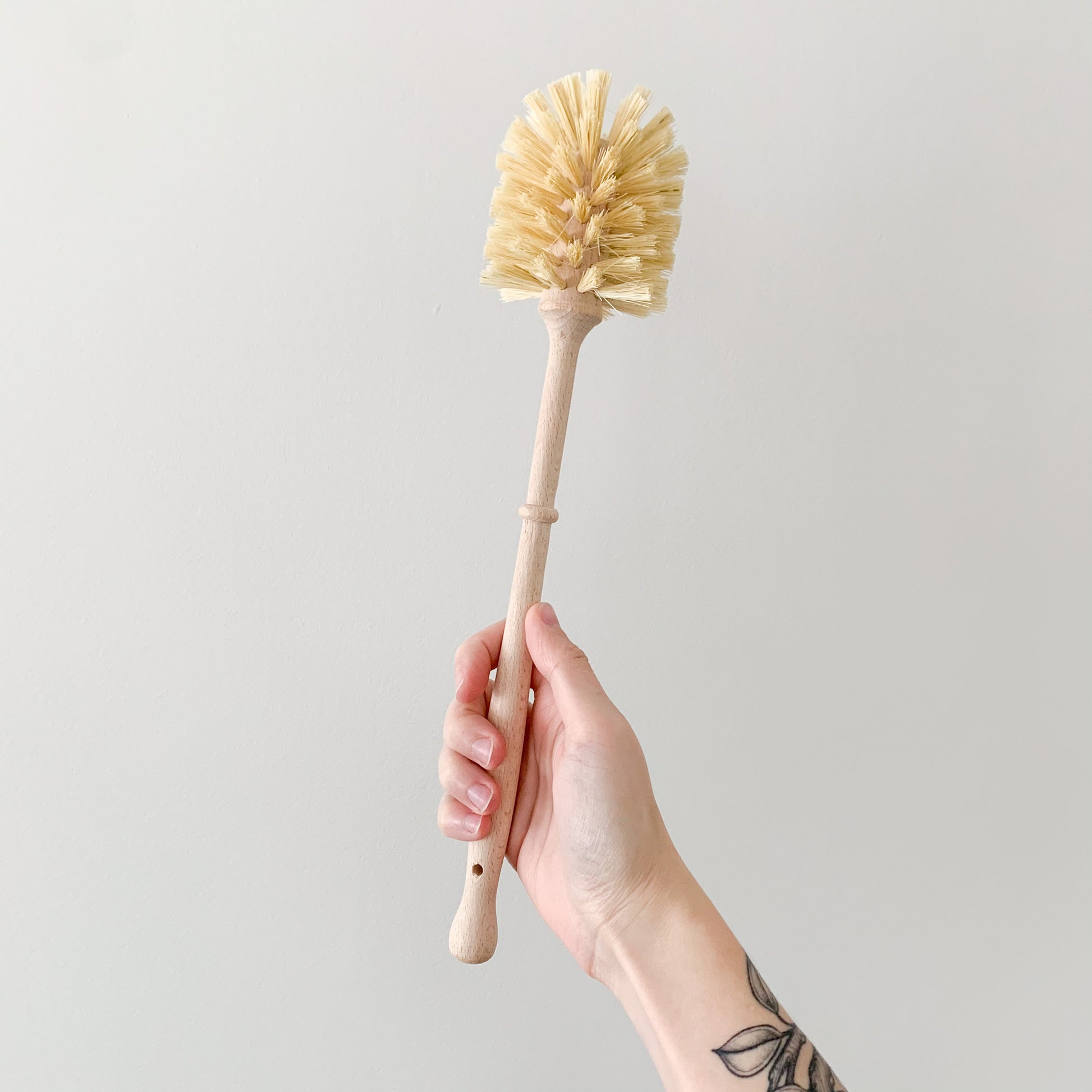
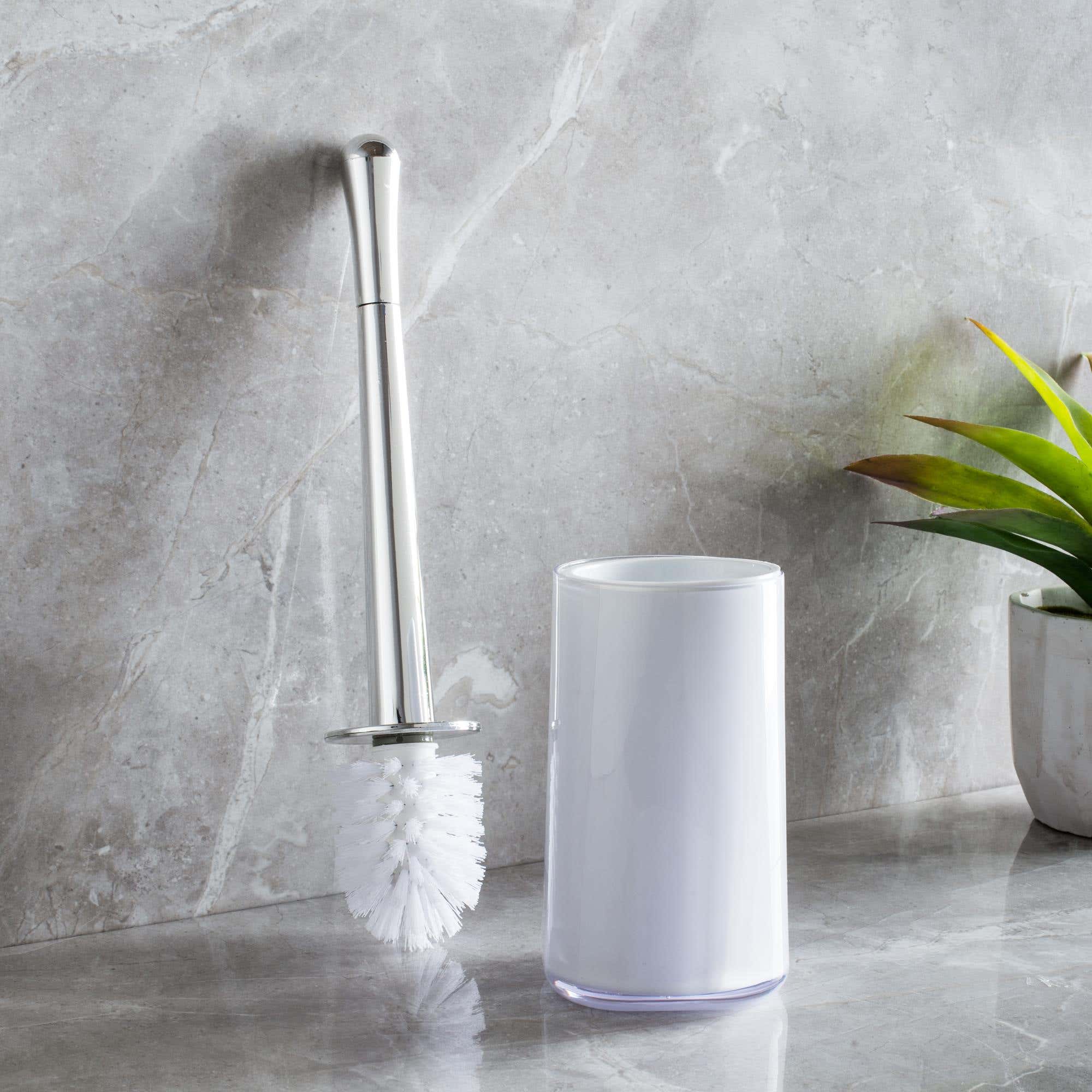

0 thoughts on “How To Stop A Toilet Brush Going Brown”